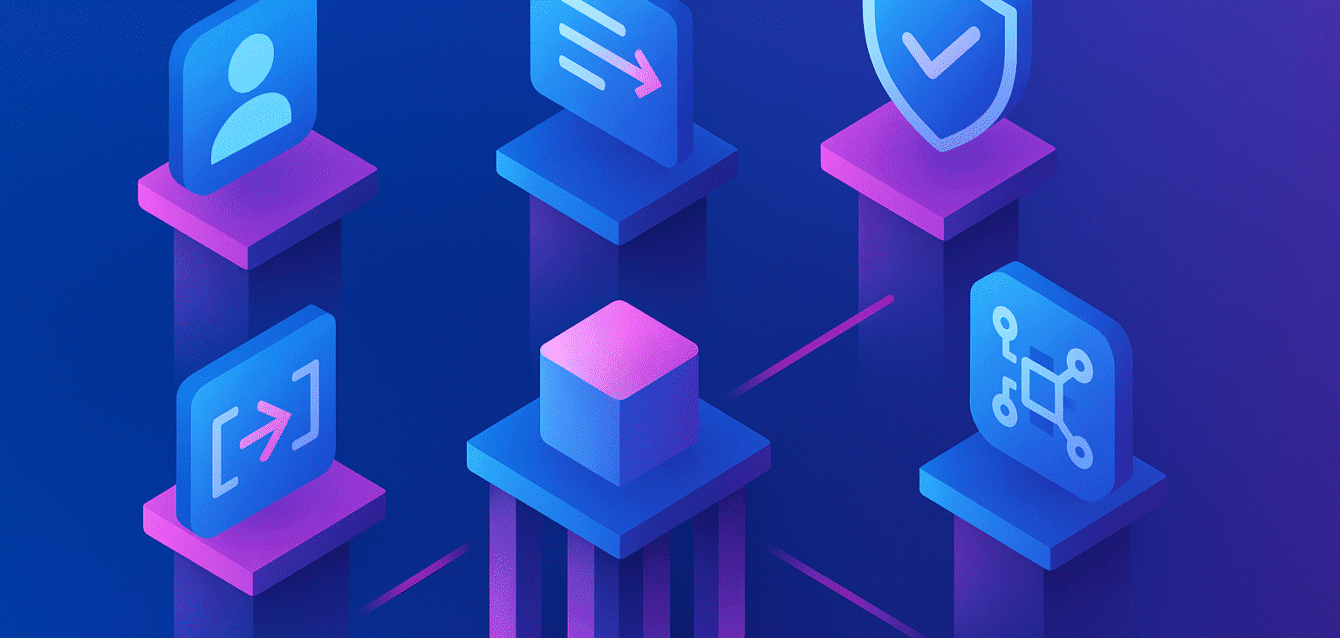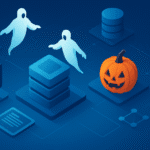As enterprises rapidly integrate AI systems into core workflows, the need to adopt a security-first mindset becomes imperative. These systems, especially those built on architectures like Retrieval-Augmented Generation (RAG) and agentic execution patterns, introduce novel security concerns far beyond traditional software paradigms. In this post, we explore five critical pillars of AI application security—each representing a foundational lens through which to evaluate and secure AI-driven systems.
1. Identity: Who Did It?
Attribution is the cornerstone of accountability. In AI systems, actions may be taken by a human, an autonomous agent, or a proxy agent acting on behalf of a user. Security mechanisms must differentiate and track these identities accurately.
Key Challenges
- Ambiguity in user-agent relationships during multi-step executions.
- Lack of session context propagation in LLM invocations.
Technical Considerations
- Implement OAuth2 or OpenID Connect token propagation across agentic workflows.
- Log principal identities at every action node (e.g., function calls, tool usage).
- Enforce mutual TLS (mTLS) for identity-bound service communication.
- Use signed attestations or verifiable credentials for agent-based assertions.
Example: In a RAG-based support bot, if an agent retrieves customer data from a CRM, logs must specify whether the access was human-initiated or autonomous, and whether the retrieved content was scoped correctly.
2. Data Access: What Was Consumed?
Data exposure begins with retrieval. Whether the agent accesses structured enterprise systems, unstructured documents, or third-party APIs, access controls must be context-aware and tightly enforced.
Key Challenges
- Vector store retrievals that bypass RBAC policies.
- Embedding models processing sensitive documents without proper labeling.
Technical Considerations
- Apply row and column-level permission tagging during the ingestion pipeline.
- Use attribute-based access control (ABAC) at query time in the RAG core engine.
- Implement fine-grained audit trails in vector database queries.
- Mask or filter embeddings based on data sensitivity levels.
Example: If an employee queries a chatbot about quarterly financials, the vector search should retrieve only what their role permits. The LLM must not hallucinate based on unauthorized context.
3. Content Sensitivity: Was Confidential Data Involved?
The true danger lies not just in access, but in usage. AI systems often process sensitive data like PII, intellectual property (IP), or customer records. Their outputs can inadvertently disclose this information.
Key Challenges
- Inadvertent leakage through generation (e.g., hallucination from prior prompts).
- LLM context windows persisting sensitive prompts.
Technical Considerations
- Integrate automated content classifiers during ingestion and output phases.
- Enforce Data Loss Prevention (DLP) policies on generated completions.
- Implement memory flushing or context isolation between sessions.
- Use prompt-level sensitivity tagging to block unsafe queries.
Example: A multi-agent assistant that generates a product brief using internal R&D documents must redact or obfuscate proprietary design elements before output.
4. Data Movement: Where Did Our Data Go?
The supply chain of data in AI applications is complex and often opaque. Agents frequently call third-party APIs, LLM inference endpoints, or SaaS tools, leading to potential data exfiltration or loss of control.
Key Challenges
- External LLM APIs caching queries without visibility.
- Embedded analytics or telemetry SDKs leaking data.
Technical Considerations
- Use service mesh or proxy controls to track data egress.
- Log all outbound requests with content hashes.
- Use LLMs with enterprise-grade SLAs, data residency guarantees, and no retention policies.
- Implement zero-trust egress gateways for agentic services.
Example: An agent that sends customer data to a translation API must log the full payload path, ensure TLS transport, and verify that no data is retained post-call.
5. Services & LLMs: What Tools Were Used?
The ecosystem of models and services matters. LLM-powered systems use a blend of proprietary models (e.g., GPT-4, Claude, Mistral), open-source frameworks, and integrated APIs.
Key Challenges
- Inconsistent security guarantees across LLM providers.
- Agents switch models dynamically without audit visibility.
Technical Considerations
- Maintain a registry of approved model providers with compliance metadata.
- Enforce model selection policies based on task criticality and data sensitivity.
- Track usage per model invocation for auditing and billing.
- Use containerized sandboxes for invoking untrusted tools.
Example: A router agent that selects between GPT-4 for synthesis and Claude for summarization should log both model usage and reason for selection, ensuring that sensitive operations are confined to vetted providers.
Conclusion: Designing for Trust in AI Architectures
Modern AI systems are dynamic, probabilistic, and highly interconnected. Securing them requires more than patching vulnerabilities—it demands a layered understanding of their underlying architectures and behavior.
By framing your AI security strategy around these five pillars—Identity, Data Access, Content Sensitivity, Data Movement, and Services/LLMs—you create a principled foundation for scalable, resilient, and compliant AI systems.
As these technologies evolve, so must our defenses. Security is not a bolt-on feature; it is an embedded discipline across the entire AI lifecycle.





